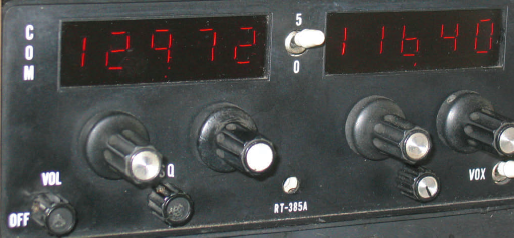Communications Failure?
Posted by flysynergy on May 24, 2012 in Flight Safety | Comments Off on Communications Failure?Incidents continue to occur of pilots being reportedly unable to make R/T contact with an Air Traffic Service Unit when they make their initial call after engine start, or after changing frequency. Sometimes, the pilot has believed incorrectly that a lack of response means that the ATSU is closed.

The reason for the lack of response may be that the selected frequency is incorrect. Pilots have misread published information, and on occasion have omitted to check published updates in NOTAMs and chart updates on the AIS web site www.ais.org.uk. Others have just made an error when selecting, and transmitting on ‘box2’ when the correct frequency is set only on ‘box1’ has also been known.
However, another possibility, especially when a pilot is making the initial call on a radio which has not been successfully used during recent communications on other frequencies, is a volume control set too low. Most pilots’ headsets have volume controls. There is a variety of VHF radio selectors available for GA use, and many of these are integrated into communications integration devices which have their own volume and squelch controls. There are many possibilities for a volume or squelch selector being turned too far and the pilot unable to hear.
Setting up the radios correctly is an important part of pre-flight preparation, and should avoid such a situation. Most instructors recommend setting all volume controls to the 1 o’clock position until established communications allow refinement. However, mistakes can easily be made, especially where communications pass through more than one communications device, so when we hear nothing after our initial call on a frequency we should seek out possible causes before assuming we can continue safely.
If we can hear other transmissions, it could be our transmitter at fault, but if we hear nothing we should check the frequency set, then check all volume controls. If all is correctly set, after another attempt at an initial call we also ought to consider the possibility that our transmitter is stuck ON, and try listening on another frequency. These checks take time which we should be prepared to take. Initiate calls early, and remain in a safe place until the problem is resolved, or if it cannot be resolved, follow the communications failure procedure as published for the airspace or aerodrome, making blind calls in the correct places. CAA Safety Notice 2012/002 reminds us of where to finds these published procedures, and reminds us of some possible problems if the radio fails on the approach to land.
Source: GASIL 2012/03
